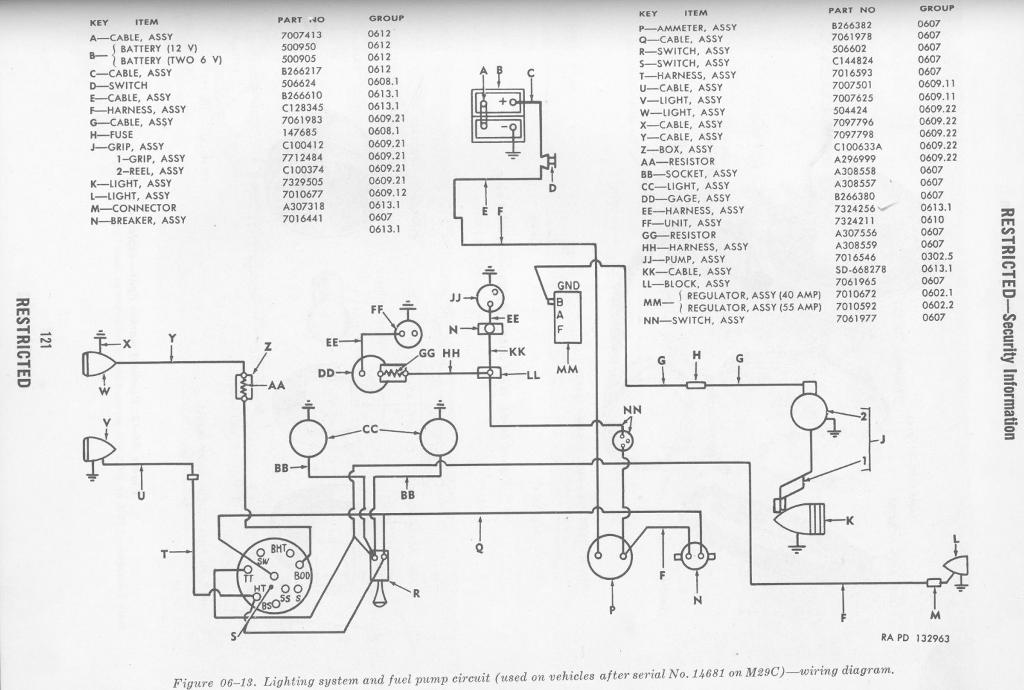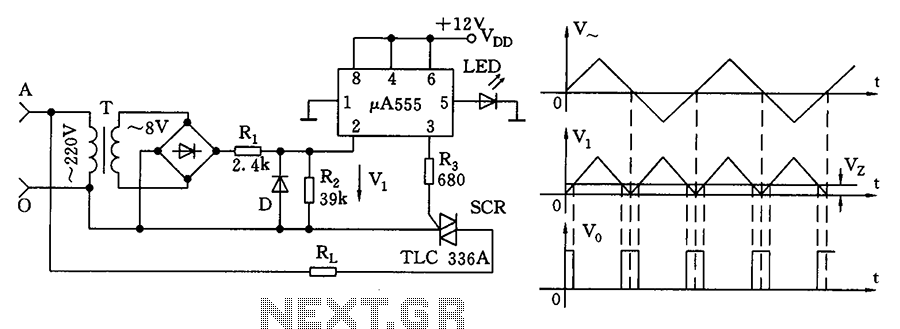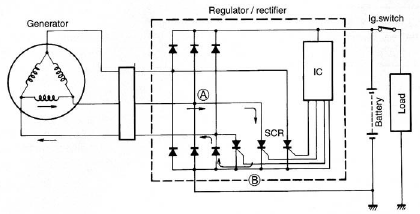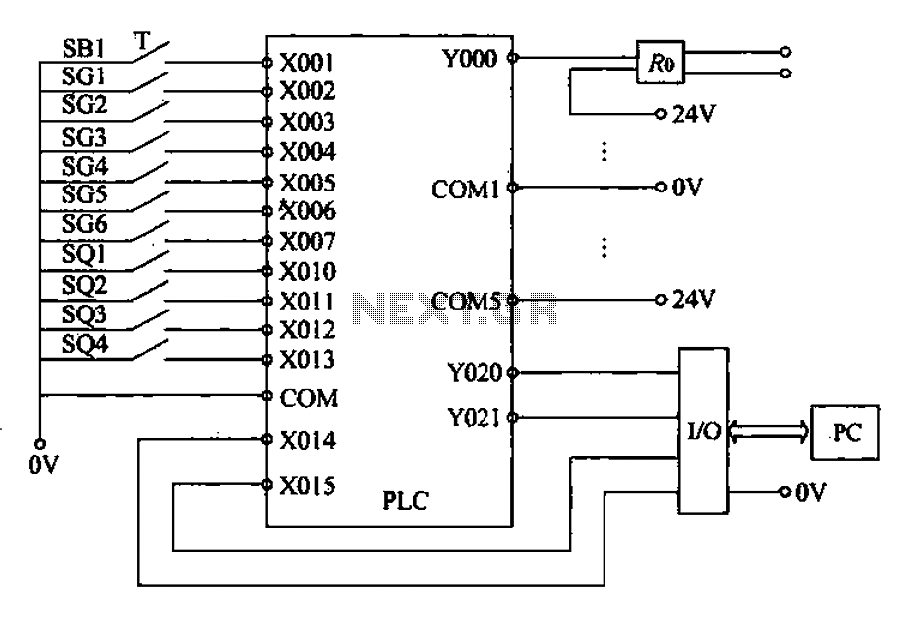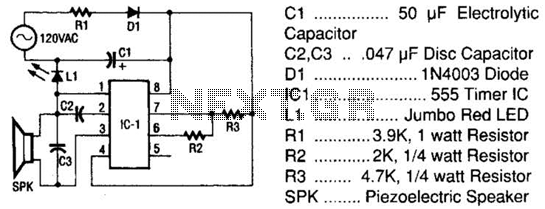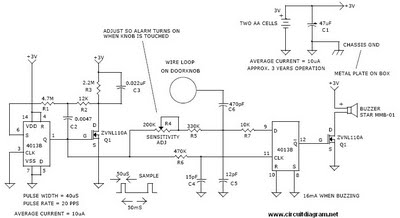
Suzuki Wiring Diagrams
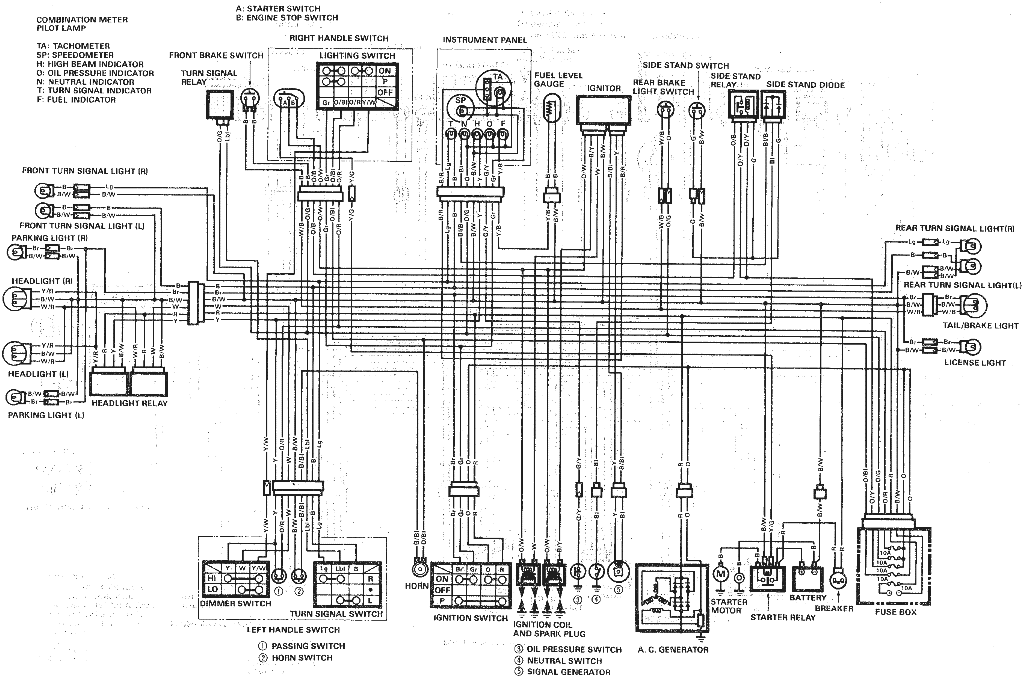
Do not forget to seal your wire splices with heat shrink tubing. It provides tensile strength to wires, is flame-retardant, and protects against fraying. Heat shrink tubing forms a protective, insulated, water-resistant covering over wiring splices, crimp terminals, and solder connections. It conforms to objects of nearly any shape, allowing for the covering of multiple wires to create a mini harness. This gives wiring repairs a clean, professional appearance, which can be advantageous when selling a bike, as unsightly wire splices in the harness are undesirable.
Heat shrink tubing is an essential component in electrical and electronic applications, particularly for ensuring the integrity and longevity of wire connections. When applied correctly, heat shrink tubing provides a robust barrier against environmental factors such as moisture, dust, and mechanical wear. The material is typically made from polyolefin or PVC, which offers excellent insulation properties and can withstand high temperatures without degrading.
To use heat shrink tubing effectively, select the appropriate diameter and shrink ratio based on the application. The tubing must be slightly larger than the wire or splice it is intended to cover. After cutting the tubing to the desired length, it is placed over the splice or connection and then heated using a heat gun or lighter. The application of heat causes the tubing to shrink and conform tightly around the connection, creating a secure seal.
In addition to its protective qualities, heat shrink tubing can also enhance the organization of wiring systems. By grouping multiple wires into a mini harness, it simplifies the overall layout, reduces clutter, and improves aesthetics. This is particularly important in applications such as automotive wiring or custom electronics, where a neat appearance can influence the perceived quality of the work.
Furthermore, heat shrink tubing is available in various colors, allowing for color-coding of wires, which can facilitate troubleshooting and maintenance. The use of heat shrink not only improves the reliability of electrical connections but also contributes to the overall safety of the system by reducing the risk of short circuits and electrical failures.Don`t forget to seal your wire splices with heat shrink. It adds tensile strength to wires, is flameretardant and protects them from fraying. Heat shrink tubing forms a protective, insulated, water-resistant covering over wiring splices, crimp terminals and solder connections. It conforms to objects of nearly any shape and you can cover multiple wires to form a mini harness. It gives your wiring repair a clean, professional look. Which can be a plus when selling the bike. No one wants to see a bunch of wire splices in the harness. 🔗 External reference
Heat shrink tubing is an essential component in electrical and electronic applications, particularly for ensuring the integrity and longevity of wire connections. When applied correctly, heat shrink tubing provides a robust barrier against environmental factors such as moisture, dust, and mechanical wear. The material is typically made from polyolefin or PVC, which offers excellent insulation properties and can withstand high temperatures without degrading.
To use heat shrink tubing effectively, select the appropriate diameter and shrink ratio based on the application. The tubing must be slightly larger than the wire or splice it is intended to cover. After cutting the tubing to the desired length, it is placed over the splice or connection and then heated using a heat gun or lighter. The application of heat causes the tubing to shrink and conform tightly around the connection, creating a secure seal.
In addition to its protective qualities, heat shrink tubing can also enhance the organization of wiring systems. By grouping multiple wires into a mini harness, it simplifies the overall layout, reduces clutter, and improves aesthetics. This is particularly important in applications such as automotive wiring or custom electronics, where a neat appearance can influence the perceived quality of the work.
Furthermore, heat shrink tubing is available in various colors, allowing for color-coding of wires, which can facilitate troubleshooting and maintenance. The use of heat shrink not only improves the reliability of electrical connections but also contributes to the overall safety of the system by reducing the risk of short circuits and electrical failures.Don`t forget to seal your wire splices with heat shrink. It adds tensile strength to wires, is flameretardant and protects them from fraying. Heat shrink tubing forms a protective, insulated, water-resistant covering over wiring splices, crimp terminals and solder connections. It conforms to objects of nearly any shape and you can cover multiple wires to form a mini harness. It gives your wiring repair a clean, professional look. Which can be a plus when selling the bike. No one wants to see a bunch of wire splices in the harness. 🔗 External reference
